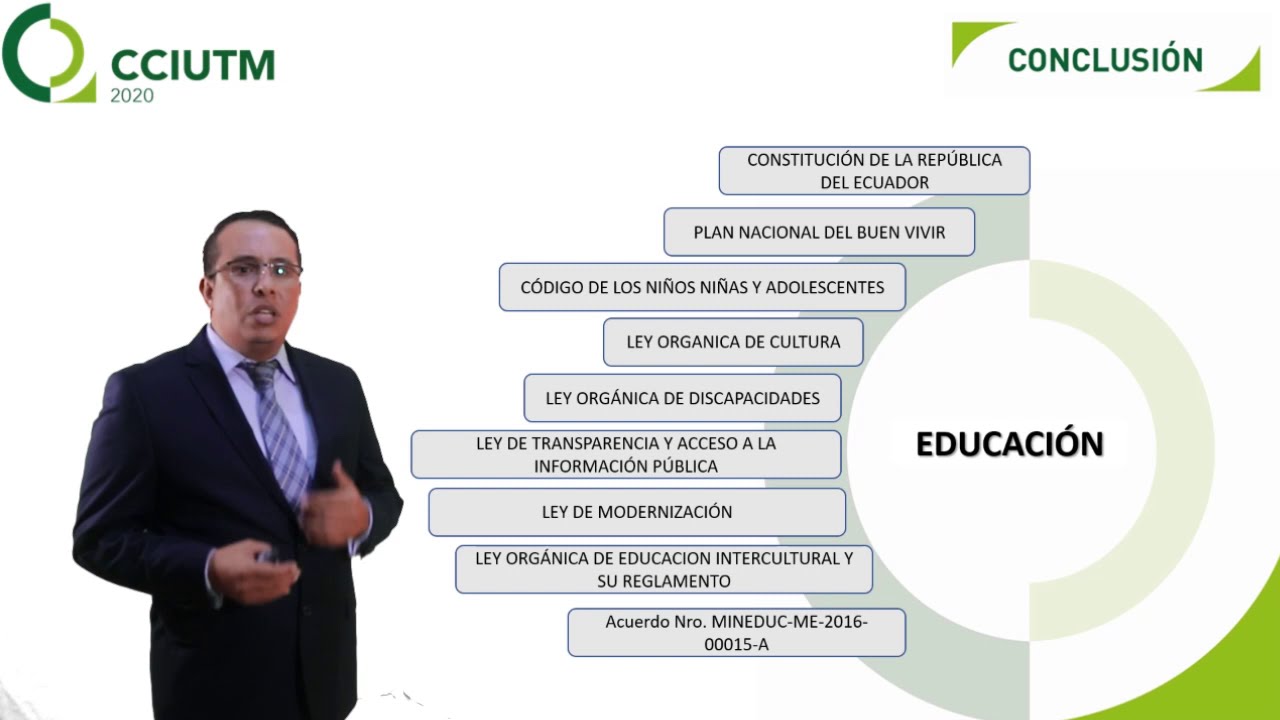Concepts, Nature and Purposes of Curriculum - Types of Curriculum
Summary
TLDREl guion trata sobre los tipos de currículos en las escuelas, sus componentes y el proceso de enseñanza y aprendizaje. Se describen siete tipos de currículos y se explican los objetivos, contenidos, experiencias de aprendizaje y evaluación. Se enfatiza la importancia de la interrelación entre enseñanza y aprendizaje para lograr un currículo efectivo.
Takeaways
- 📚 Los tipos de currículo en las escuelas incluyen el currículo recomendado, escrito, pensado, soportado, evaluado, aprendido y oculto.
- 🏫 El currículo recomendado suele ser propuesto por agencias nacionales o organizaciones profesionales para su implementación en educación primaria o secundaria.
- ✍️ El currículo escrito es desarrollado por expertos en currículos y maestros, y a menudo se somete a pruebas piloto en escuelas de muestra.
- 🤔 El currículo pensado se refiere a las actividades planeadas para alcanzar los objetivos del currículo escrito y puede variar según los estilos de aprendizaje de los estudiantes.
- 📚 El currículo soportado incluye materiales y recursos que ayudan a implementar el currículo escrito y fomentan el aprendizaje a lo largo de la vida.
- 📊 El currículo evaluado implica la realización de pruebas y evaluaciones al final de la enseñanza para determinar el progreso de los estudiantes.
- 📝 El currículo aprendido se refiere a los resultados del aprendizaje de los estudiantes, que pueden medirse a través de pruebas y cambios en el comportamiento.
- 🔍 El currículo oculto es el que no se planifica deliberadamente pero puede influir en el aprendizaje y modificar el comportamiento de los estudiantes.
- 🎯 Los componentes principales del currículo incluyen objetivos, contenido, experiencias de aprendizaje y evaluación.
- 📈 Para seleccionar el contenido del currículo, se deben considerar criterios como la autosuficiencia, significancia, validez, interés, utilidad y factibilidad.
- 🔄 Los procesos de enseñanza y aprendizaje están interconectados y el éxito en uno influye en el éxito del otro, lo que se refleja en la calidad del aprendizaje de los estudiantes.
Q & A
¿Cuáles son los siete tipos de currículos que opera en las escuelas según Alan Glover?
-Los siete tipos de currículos son: currículo recomendado, currículo escrito, currículo pensado, currículo soportado, currículo evaluado, currículo aprendido y currículo oculto.
¿Qué es el currículo recomendado?
-El currículo recomendado es el que suele ser propuesto por agencias nacionales y se implementa en la educación primaria o secundaria.
¿Cuál es la diferencia entre el currículo escrito y el currículo pensado?
-El currículo escrito es creado por expertos en currículos y maestros, incluyendo documentos de estudio y guías didácticas. El currículo pensado son las actividades planeadas que se ejecutan en el aula para lograr los objetivos del currículo escrito.
¿Qué es el currículo soportado y qué incluye?
-El currículo soportado son los materiales que ayudan en la implementación del currículo escrito, incluyendo recursos como computadoras, materiales audiovisuales, libros de texto, equipos de laboratorio, etc.
¿Cómo se define el currículo evaluado?
-El currículo evaluado es aquel que se somete a pruebas y evaluaciones durante y al final de la enseñanza para determinar el progreso de los estudiantes.
¿Qué indica el currículo aprendido?
-El currículo aprendido se refiere a los resultados de aprendizaje logrados por los estudiantes, que pueden ser medidos a través de pruebas y cambios en el comportamiento.
¿Cuáles son los componentes principales de un currículo?
-Los componentes principales de un currículo son: los objetivos, el contenido o materia, las experiencias de aprendizaje y los enfoques de evaluación.
¿Qué es el dominio cognitivo en términos de objetivos educativos?
-El dominio cognitivo se refiere al proceso de pensamiento y se basa en la taxonomía de Bloom, que incluye conocimiento, comprensión, aplicación, análisis, síntesis y evaluación.
¿Cómo se define el proceso de enseñanza y aprendizaje dentro del currículo?
-El proceso de enseñanza y aprendizaje en el currículo incluye la planificación, implementación, evaluación, retroalimentación y reflexión.
¿Qué tipos de teorías de aprendizaje explican cómo los individuos aprenden según los psicólogos educativos?
-Los tipos principales de teorías de aprendizaje son las teorías del aprendizaje por comportamiento, que enfatizan el comportamiento observable, y las teorías del aprendizaje cognitivo, que se centran en los procesos mentales del estudiante.
¿Cómo se relacionan la enseñanza y el aprendizaje en el currículo?
-La enseñanza y el aprendizaje están interrelacionados y uno no puede tener éxito sin el otro. La calidad de la enseñanza está directamente relacionada con la calidad del aprendizaje de los estudiantes.
Outlines

This section is available to paid users only. Please upgrade to access this part.
Upgrade NowMindmap

This section is available to paid users only. Please upgrade to access this part.
Upgrade NowKeywords

This section is available to paid users only. Please upgrade to access this part.
Upgrade NowHighlights

This section is available to paid users only. Please upgrade to access this part.
Upgrade NowTranscripts

This section is available to paid users only. Please upgrade to access this part.
Upgrade NowBrowse More Related Video

Assessment and Evaluation Video 7

EVALUACION DE PROYECTOS EDUCATIVOS - CAPSULA IV

ENTORNOS VIRTUALES DE ADMINISTRACIÓN EDUCATIVA PARA POTENCIAR EL PROCESO DE ENSEÑANZA APRENDIZAJE.

¿Cómo mejorar la calidad de la educación inicial en zonas rurales? El caso del Perú

Hacia las comunidades de aprendizaje 2. Aprendizaje dialógico

Curriculum y modelos de diseño curricular pt3
5.0 / 5 (0 votes)
